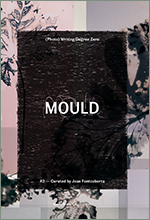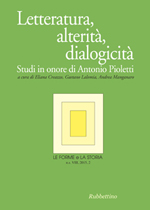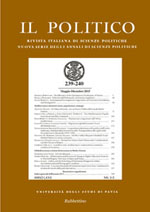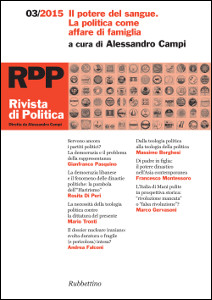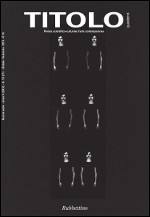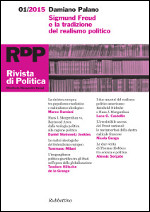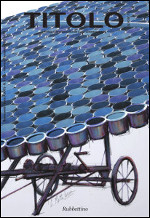Mould
Cartaceo
€19,00 €20,00
The second issue of MOULD is curated by Joan Fontcuberta. With his extended corpus of photographic works, Fontcuberta has been moulding a critical thought on the common perception of photography. His investigation deconstructs the
The second issue of MOULD is curated by Joan Fontcuberta. With his extended corpus of photographic works, Fontcuberta has been moulding a critical thought on the common perception of photography. His investigation deconstructs the preconceptions on the aesthetic nature of the photographic medium and its documentary approach to reality, also by questioning power related matters and the overwhelming visual overabundance of our time. In an interview to The Guardian , Joan Fontcuberta says My work – I wouldn’t want to be pretentious – is pedagogic. It’s a pedagogy of doubt, protecting us from the disease of manipulation. That is how he set to stage our relation to conventions and beliefs, manipulating, himself, alleged realities and dealing with domains such as archaeology, science, literature, religion, anthropology, social systems and more. The wide interdisciplinary scope of Fontcuberta’s work appeared to us as ideally suiting MOULD attitude and aspirations. Writing is a compromise, says Roland Barthes, between the intentions of the writer and the given possibilities in a specific society, history and literary tradition. Writing Degree Zero is an attempt to challenge the canon that has been defined through time and by cultural practice. Only temporarily, perhaps, before it consolidates into a new codified language. Degree zero is regarded as almost an ideal absence of style; writing is then reduced to a sort of negative mood in which the social or mythical characters of a language are abolished in favour of a neutral and inert state of form. If we are to apply this perspective, then, what is the material core of a photographic image? If photography means “writing with light,” what could the letters and words of this visual writing be? This is the question Joan Fontcuberta addresses in his opening text Blow Up Blow Up. The works by the artists presented in this issue might altogether approach an answer. The meaningful gesture that Barthes acknowledges in the writing process, for instance, could be recognized in Fontcuberta’s obsessive enlargements of Blow up film frames until they enter abstraction, and in the work of all the contributor who, by exploring the material essence and the potentialities of the photographic medium, take their practice to the realm of degree zero. We’re proud of gathering together the highest expressions of this conceptual research on the topic and to present contributions that extend this analysis to other disciplines, as well committed to the ask of baring their respective language to the state of form. When planning this issue graphic design, we’ve thought of trying to relate it to the concept of degree zero. The crucial question was to reproduce the very material gesture that is supposed to free the graphic expression, as well as photography, from the layers of History, experience and references. We found that the most neutral and “primitive” form of writing was that of children. So we asked a 12 yearold boy, Edoardo, to write the opening pages totally blindfold. We wanted his inexperienced writing to become even more basic and keep his control over his gesture at the lowest possible level. A prior state to awareness. And the style we opted for makes use of one of the first techniques children usually experience, multiple layers of wax pastels.
